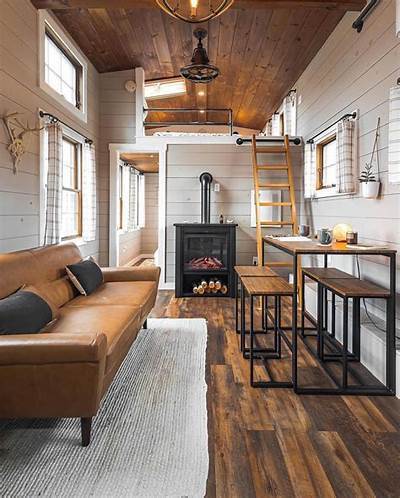Home Inside Arch Design: A Comprehensive Guide
The arch, a timeless architectural element, transcends mere functionality to become a statement of elegance and sophistication. Its graceful curve has graced structures for millennia, from Roman aqueducts to modern-day homes. Integrating arch designs within the interior of your home can dramatically alter the atmosphere, adding character, depth, and a touch of classic or contemporary charm depending on your chosen style.
Types of Interior Arch Designs
The versatility of the arch allows for a wide range of styles and applications within the home. Choosing the right arch depends on the overall aesthetic you wish to achieve and the architectural style of your house.
1. Round Arch:
The classic round arch, also known as a Roman arch, is characterized by its perfectly symmetrical semi-circular curve. It exudes a sense of timelessness and elegance, lending itself well to traditional and transitional styles. Its soft curves create a welcoming and visually appealing transition between rooms.
2. Tudor Arch:
The Tudor arch, with its pointed apex, offers a more dramatic and intricate alternative to the round arch. Its pointed shape is reminiscent of medieval architecture and provides a stronger visual impact. This style complements homes with a historical or Gothic feel.
3. Gothic Arch:
Similar to the Tudor arch, the Gothic arch is characterized by its pointed apex, but it is typically taller and more slender. This creates a sense of grandeur and height, perfect for high-ceilinged rooms. It’s often associated with a more dramatic and ornate aesthetic.
4. Segmental Arch:
The segmental arch features a flatter curve than the round arch, creating a less pronounced transition between spaces. This style is contemporary and understated, offering a clean and modern aesthetic that suits minimalist or contemporary homes. It provides a subtle architectural detail without being overly assertive.
5. Flat Arch (or Recessed Arch):
A flat arch or a recessed arch provides a clean, geometric look and works well with minimalist and contemporary designs. The opening is typically rectangular with the edges smoothly rounded, creating a more modern feel than other styles.
6. Horseshoe Arch:
The horseshoe arch, with its unique U-shaped curve, draws inspiration from Moorish and Islamic architecture. Its distinctive shape adds a touch of exotic flair and is perfect for creating a dramatic focal point within a room.
Integrating Arches into Your Home
Arches can be incorporated into various parts of your home to enhance both functionality and aesthetics. Here are some key areas where arches can make a significant impact:
1. Doorways and Hallways:
Replacing traditional doorways with arched openings can instantly elevate the look of your hallways and entryways. This is a particularly effective technique for creating a sense of spaciousness and flow between rooms.
2. Room Dividers:
Arches can be used as elegant room dividers, creating visual separation without completely closing off spaces. This is a great way to define different zones within an open-plan living area while maintaining a sense of openness and connectivity.
3. Niches and Recesses:
Archways can be used to frame niches and recesses, providing attractive display areas for artwork, sculptures, or plants. This adds visual interest and depth to walls.
4. Window Treatments:
Arched window frames can significantly enhance the architectural appeal of your windows. Combined with appropriate window treatments, this can create a truly stunning focal point in a room.
5. Fireplaces:
An arched mantelpiece is a classic and elegant feature that can enhance the beauty and grandeur of any fireplace. The arch subtly frames the focal point of the room, highlighting its importance.
Materials and Finishes for Archways
The choice of materials and finishes significantly influences the overall aesthetic of your archways. Consider these options:
1. Wood:
Wood provides warmth and natural beauty, blending seamlessly with various interior styles. Different types of wood offer diverse tones and textures, ranging from rustic to refined.
2. Stone:
Stone arches exude a sense of permanence and solidity. Natural stone like marble or granite adds a touch of luxury and sophistication, while more rustic stone options create a more traditional or farmhouse feel.
3. Plaster:
Plaster offers a smooth, clean finish, creating a refined and elegant look. It can be painted in a variety of colors, allowing for significant customization.
4. Drywall:
Drywall is a cost-effective and versatile option, suitable for creating various arch designs. It can be easily painted or textured to match your existing décor.
5. Metal:
Metal arches, particularly those made from wrought iron or steel, can add a touch of industrial chic or modern elegance, depending on the finish and design.
Considerations Before Installing Arches
Before embarking on your archway installation project, consider these crucial factors:
1. Structural Integrity:
Ensure that the existing structure can support the weight of the arch. Consult a structural engineer if necessary, especially when working with heavier materials like stone.
2. Room Dimensions:
The size and style of the arch should be proportionate to the size of the room. Overly large arches in a small room can make the space feel cramped, while overly small arches in a large room can appear insignificant.
3. Overall Design Style:
Choose an arch style that complements your home's existing architectural style and interior design. Incongruent arch styles can detract from the overall harmony of the space.
4. Budget:
Different materials and installation methods have varying costs. Establish a clear budget before you begin to avoid unexpected expenses.
By carefully considering the various types, materials, and placement options, you can successfully integrate arch designs into your home to create stunning and unique spaces that reflect your personal style and taste. The arch, a simple yet powerful element, adds depth, elegance, and a touch of timeless beauty to any home.


この記事へのコメント